Cambodia’s Spider Man stands five feet three or four (with a good wind under him), weighs around 120 pounds (with a brick in his back pocket), and is 66 years old. His real name is Ree — that’s a phonetic spelling — and he earns his living scaling tall coconut palms to harvest their fruits, from which he makes palm oil, palm sugar, and palm rum. We met him this afternoon, after the Jahan sailed us into a canal off the Tonle Sap river, where we boarded long boats that brought us ashore for a 20-minute drive by minivan to Ree’s village, Kampong Chnnang. Its huts and houses are clustered on flatlands beneath Golden Mountain, which is more a high hill than a mountain, matted with jungle and the source of the soil used for making clay pottery.
Half of Mr. Ree’s teeth are missing, every day of his six-plus decades is etched into his brown face, but he’s as limber as an athletic boy. He’s also something of a showman, delighted to demonstrate his prowess. Wearing shorts, sandals, and a straw hat, he climbed a 60-foot palm tree by means of ladder consisting of a bamboo trunk into which foot and hand holds had been notched. In a couple of minutes, he was up among the leaves, lopping coconuts with a machete; then, in an amazing display of nerve and agility, he crossed into a neighboring tree, cut into a few more coconuts, then scampered back to the ladder and began to climb down, cameras and cellphones trained on him. Halfway down, the performer in him couldn’t resist a bit of showmanship: clinging to the ladder with one hand, his hat in the other, he made a sweeping bow.
Earthbound again, Ree stood behind a counter on which his products were arrayed, and clued us in on the methods and economics of their manufacture. He owns 30 trees, leases another 30, and climbs them twice a day every day, extracting about 5 liters of palm oil from each one. He sells it and palm sugar commercially, along with a sweet, zingy rum.
Next door to his grove, two women were making clay pottery completely by hand. No wheel, no tools of any kind except a kind of wooden spatula. Under the critical eye of her older mentor, a young woman took a lump of clay, punched a hole in it with her hand, and set it on a tree stump. She became the pottery wheel by walking around and around the stump, occasionally smoothing out lumps with the wooden implement. In about ten minutes, without coaching from the older woman, she turned out a handsome little pot that would later be fired in an oven. It was an impressive display of craftsmanship. Our “Tee,” Rithy, told us that this method has been used in Cambodia for 5,000 years, give or take a century or two. The clay, by the way, was mined from the slopes of Golden Mountain, atop which stood a startling anomaly — a cellphone tower.
Back on the river, we boarded longboats for a journey to a floating villages, where we learned that Cambodia has a problem familiar to Americans: immigrants. The aliens in this case are Vietnamese fishermen, who began moving into Cambodia in the late 1980s and now number well into the thousands. Their legal status is somewhat hazy. The government, apparently, tolerates their presence, but prohibits them from owning land. Hence, they’ve settled into houseboats that throng the riverbanks for a long distance. The waterborne village inspired Tee to launch into a political tirade. “This is Vietnamese colonialism,” he declaimed. The Vietnamese were stealing the livelihoods of Cambodian fishermen, were polluting the waterways, were going to take over the country culturally and politically. Tee could find nothing good to say about the Vietnamese. He sounded like a Trump supporter speaking of Mexicans. His harangue, which we listened to through the receiving sets in our pockets, went on for so long that some of us pulled the buds from our ears.
A dark red sun bled into the morning haze as we went through our Tai Chi exercises, displaying slightly more competence than at the beginning. To immerse us further into the timeless rhythms of Cambodian rural life, the excursion directors put all 45 of us on ox-carts for a trip through rice fields and lotus beds. Modern transportation — minivans — brought us to a school where very disciplined, very charming kids learn English. From there, a vehicle known as a Tuk-Tuk — it’s a four or two seat covered carriage pulled by a motorbike — delivered us to a Buddhist monastery, where we, sitting crosslegged on mats, became the pupils for a seminar on Theravada Buddhism. Our professor was the head monk, who sat beneath an indescribably ornamented altar. Theravada is the school of Buddhism practiced in most of Southeast Asia, and is to be distinguished from the other school, Mahayana. I’m afraid I can’t pass on what we learned because I couldn’t follow what the differences were between the two. Anyway, a novice monk, he said, must learn to chant and to practice ten precepts (which resemble the Ten Commandments), but to become an ordained monk, he has to follow an additional 227! As these, in addition to the first ten, include abstention from drinking, smoking, and sex, along with countless other pleasures, I figured monkhood was not in my future. The head monk, incidentally, had not denied himself the enjoyments of the table; he could have dropped 50 pounds without coming near emaciation.
Thus enlightened, we traveled on to a silk weaving village on an island, Koh Oaknha. It employs women down on their luck — widows, divorcees, single mothers. The production of silk fabrics, as it’s done in Cambodia, is an art requiring infinite patience. On Kohn Oaknha, silk worms — grown from moth eggs — are stored in trays kept in a shed and fed mulberry leaves three times a day for a month, until they have developed cocoons roughly the size of a little finger. Boiling these in a bowl produces silk strands so fine they are almost invisible. Twenty or thirty are woven, by hand, into a thread thick enough for weaving, then dyed, spooled, and transferred to weavers, who sit behind looms that would not have looked out of place in medieval Europe. Watching them was as much a study in endurance as in expertise. Their feet pumping the treadles, their hands tugging the shuttles back and forth, they were turning out scarves, table cloths, and raw bolts thread by thread. One woman was working on an exquisite motif in which colored bands separated rows of peacocks. She was, said Rithy, one of only four or five women in the country with the experience, and the talent, to produce such a detailed pattern.
A Silicon Valley wizard looking at her and her co-workers would probably wonder why the whole process wasn’t automated. The textile industry, after all, was mechanized in the West nearly 200 years ago, throwing weavers out of work or transforming them into factory drones. The Luddite in me silently cheered these weavers on.
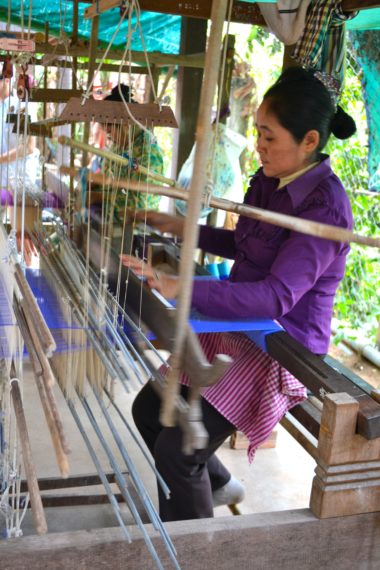
Silk weaver at her loom.
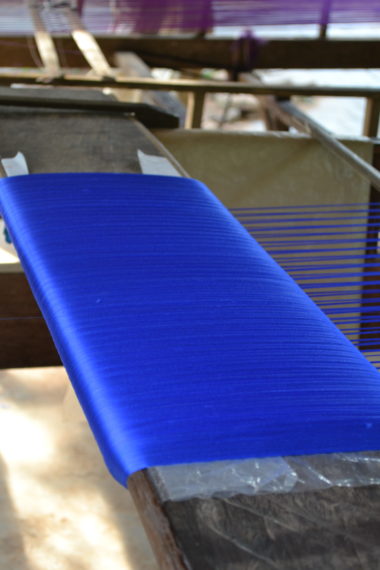
A bolt of blue silk, almost finished.
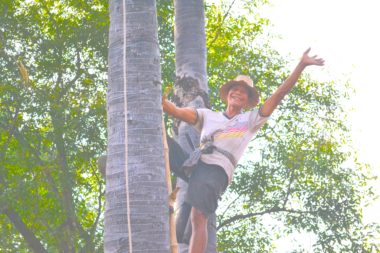
Mr. Ree, scrambling up a palm tree.
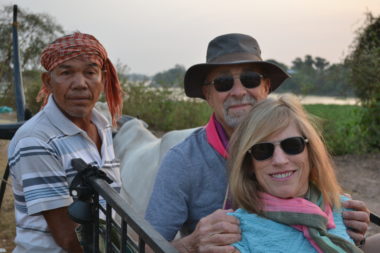
Leslie and me with ox-cart driver in Cambodia
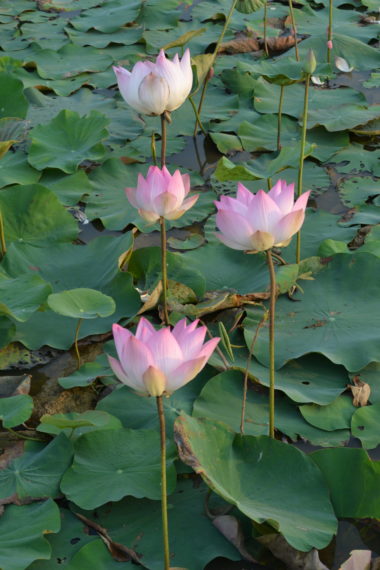
Lotus blossoms


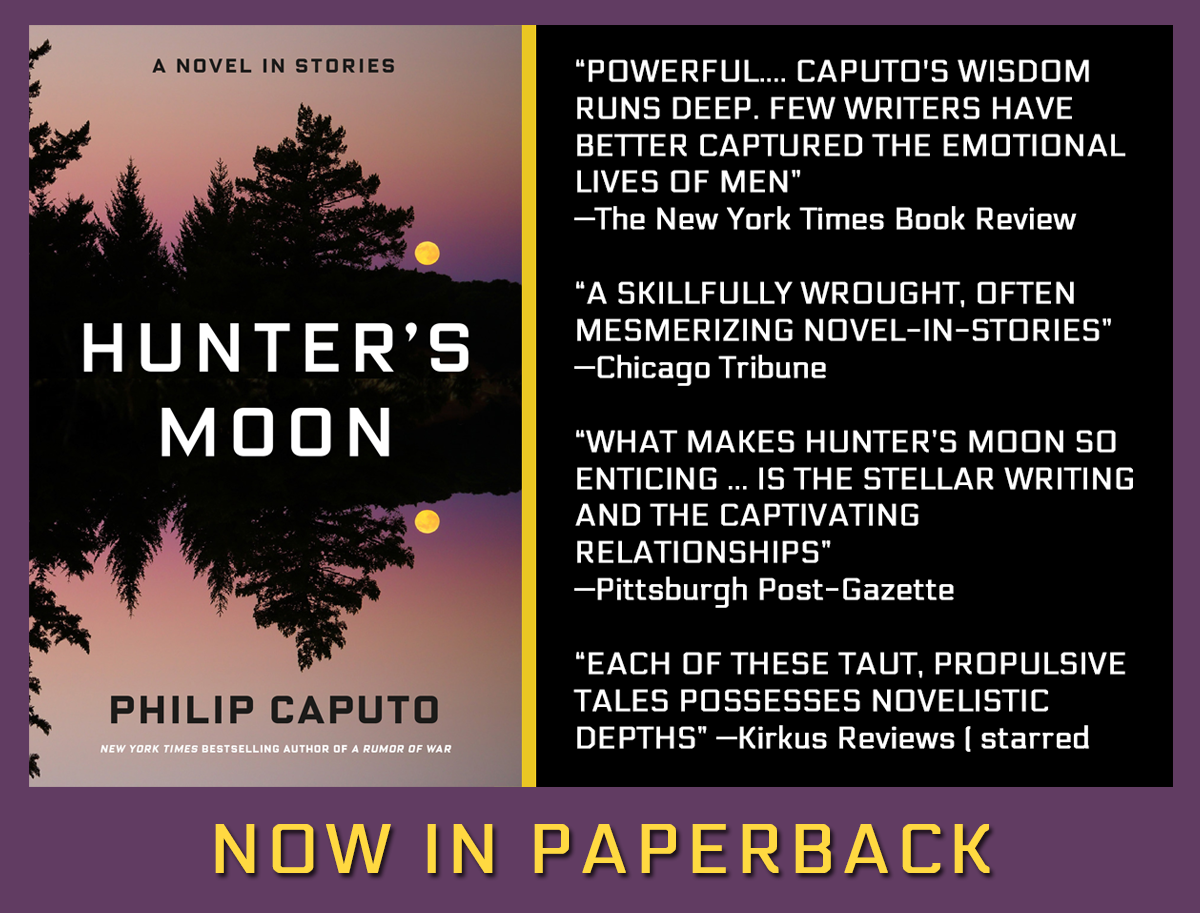
Really enjoying these posts and pictures. Don’t think I could climb that ladder. What A great trip.